Finding Ways to Get In and Get Away
The North Vietnamese GCI controllers would position the MiGs in ambush stations in order to make their single-pass attacks. The MIGs made fast and often accurate attacks against US formations from several directions. Often the MiG-17s attacked from head-on and the MiG-21s attacked from the rear. After making their single attacks the MiGs would disappear. In December of 1966 alone MiG-21 pilots shot down 14 USAF F-105s without any losses.
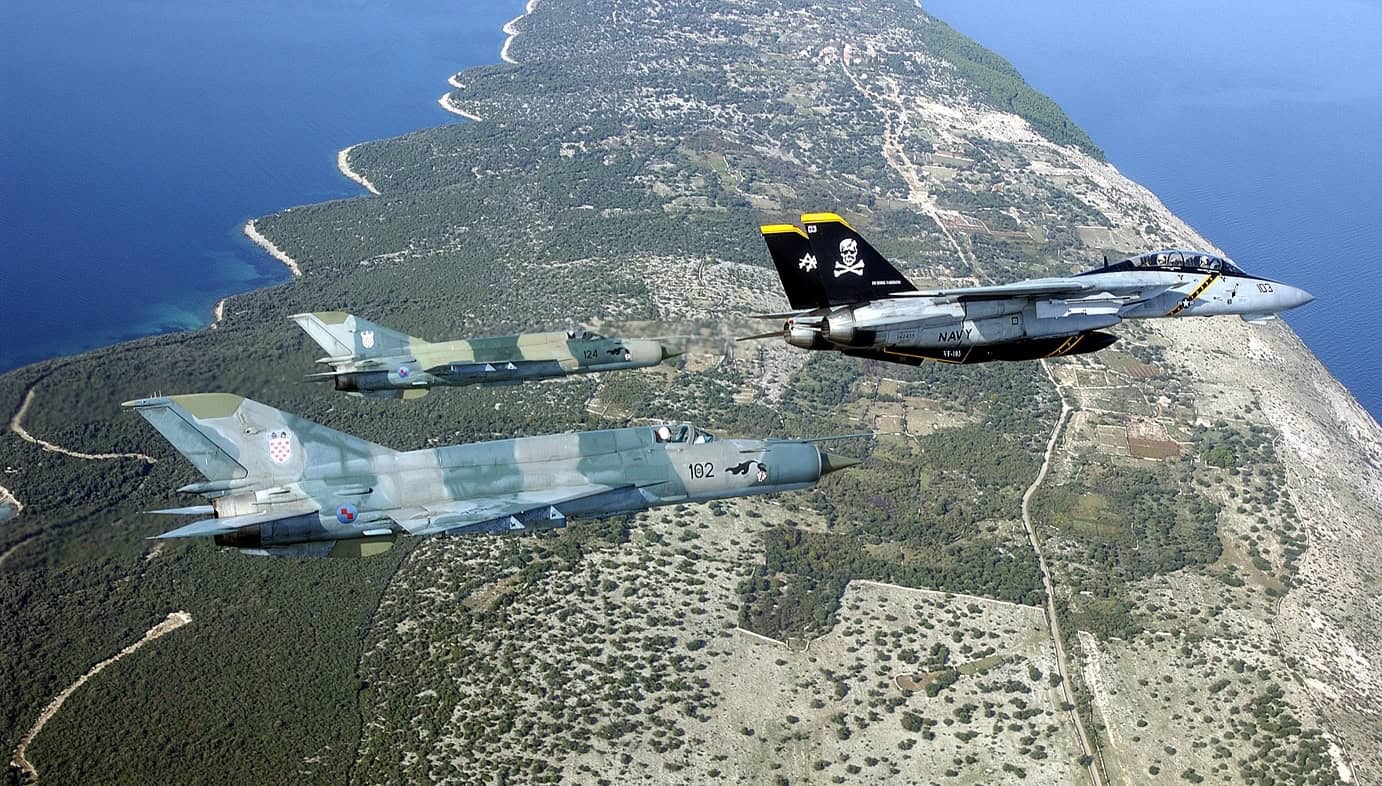
Contributed to the Genesis of TOP GUN
The heavy losses of aircraft and crews over Vietnam led to the creation of the Navy Fighter Weapons School (Top Gun) at Naval Air Station Miramar, California on 3 March 1969, and later the Air Force Dissimilar Air Combat Training (Red Flag) at Nellis Air Force Base, Nevada. Employing a mixture of subsonic and supersonic U.S. Navy and Air Force types, these commands teach air combat maneuvering against the MiG-17, MiG-19, and MiG-21 by flying their aircraft using the tactical doctrine of the aggressors.
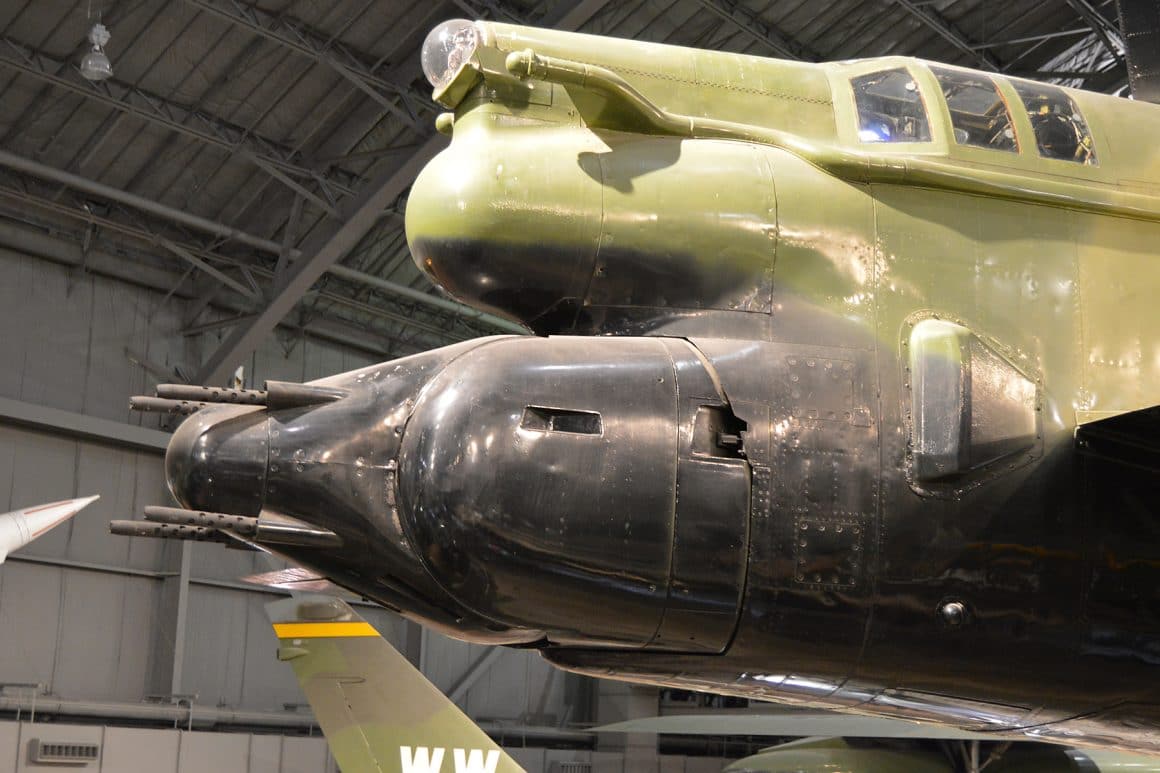
Tail Gunners Score MiG Kills
Two MiG-21s were claimed shot down by U.S. Air Force Boeing B-52 Stratofortress tail gunners. These were the only confirmed air-to-air kills made by the B-52. The first aerial victory occurred on December 18th 1972. The second air-to-air kill took place on December 24th 1972. Both actions occurred during Operation Linebacker II.
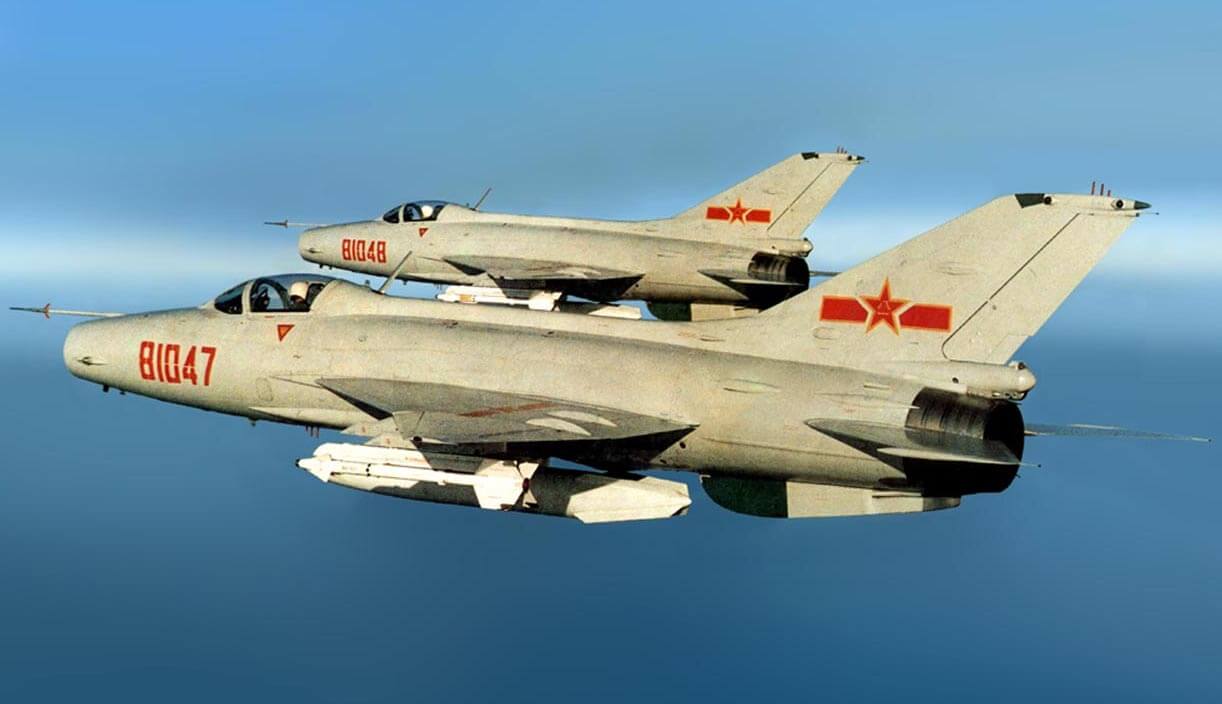
Taking on the BUFFs
Hanoi’s MiG-17 and MiG-19 interceptors were unable to make attacks on the B-52s flying at their normal altitude. In the summer of 1972 the 12 MiG-21 pilots were trained for the specific mission of attacking and shooting down B-52 bombers. Nine of the pilots were specifically trained for night attack. On December 26th 1972 one of these specially-trained MiG-21MF pilots show down a B-52.

Those Shadowy Exploitation Programs
In the 1960s a specialized group of engineers, technicians, and pilots gathered to evaluate the Soviet fighter designs of the day. Under code names like “Have Drill”, “Have Ferry”, and “Have Doughnut”, Americans were able to determine the characteristics of the MiG-17 and MiG-21. Strengths and weaknesses of the aircraft were captured. Radios, armament, handling characteristics, and aircraft systems were evaluated and published for the potential exploitation of the MiGs. The data was provided to the Top Gun program. The resultant improvement in the kill ratios over Vietnam can in part be traced back to these early “Have” exploitation programs.
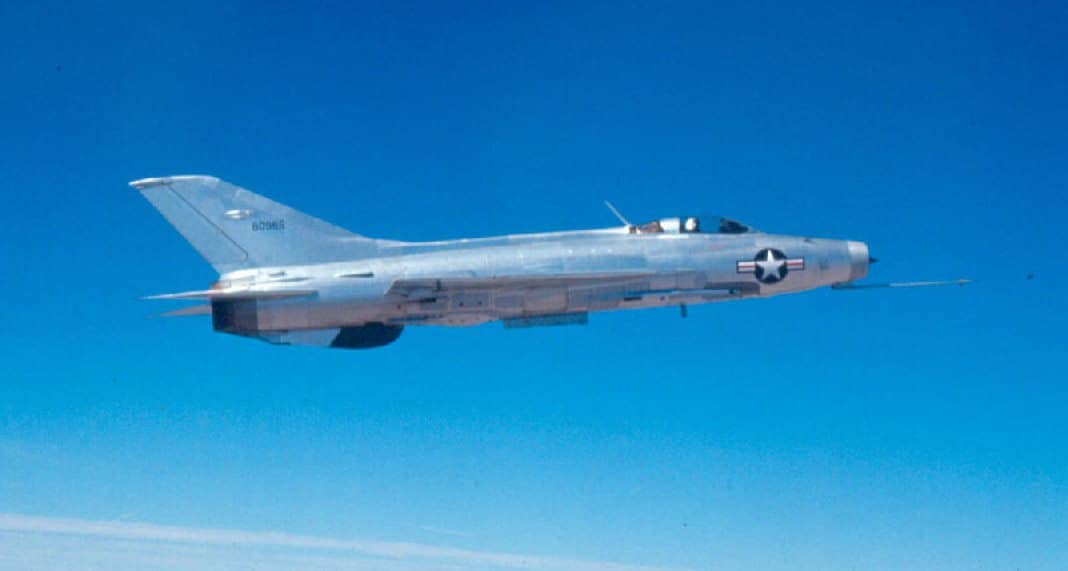
Expanding a Good Thing
During the 1970s, the “Have” programs were expanded to allow selected Navy and Air Force fighter crews to take the MiGs on one vs. one. Of course the flights were flown over controlled Groom Lake territory and the surrounding airspace was closed during these missions.
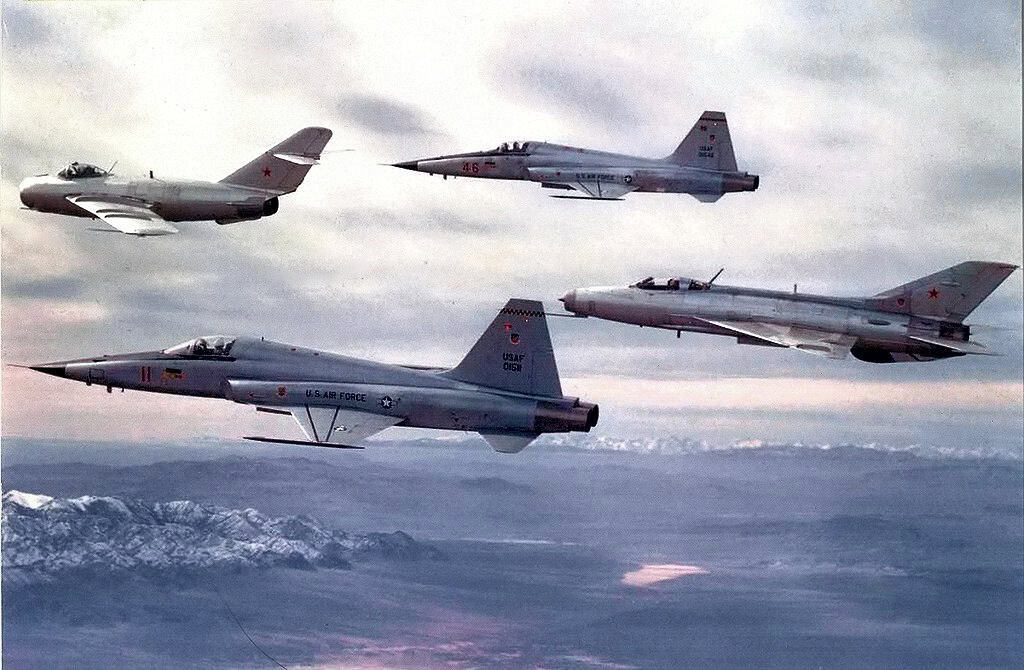
Constant Peg at Tonopah
The United States acquired several MiGs from China, Israel, Egypt, and other still-classified sources during the 1980s under the “Constant Peg” program. The 4477th Test and Evaluation Squadron operated the MiGs from the secretive Tonopah Test Range in Nevada. This program was an expanded version of the earlier “Have” exploitation programs. In 1985 there were 26 MiG-21s and MiG-23s on strength with the 4477th TES. The MiG-17s were phased out earlier, but other MiGs and Soviet fighters were utilized as they became available. The pilots assigned to “Constant Peg” to fly the MiGs were primarily Air Force Aggressors and Top Gun instructors. Many more one v one engagements, and therefore exposure to the MiGs’ characteristics, were flown against the MiGs by a wider range of Navy and Air Force crews. The United States fighter designs, weapons, air combat doctrine, and training all reflect lessons learned during the “Have” and “Constant Peg” programs.
[youtube id=”J2Lfzg51xSg” width=”800″ height=”454″ position=”left”]
